In the Midwest everyone knows the morel, especially in Minnesota where it's our official state mushroom. Most people find blonde or grey morels. Black morels, also known as conical morels are different, and a good test of mushroom hunting skill: here's what you need to know.
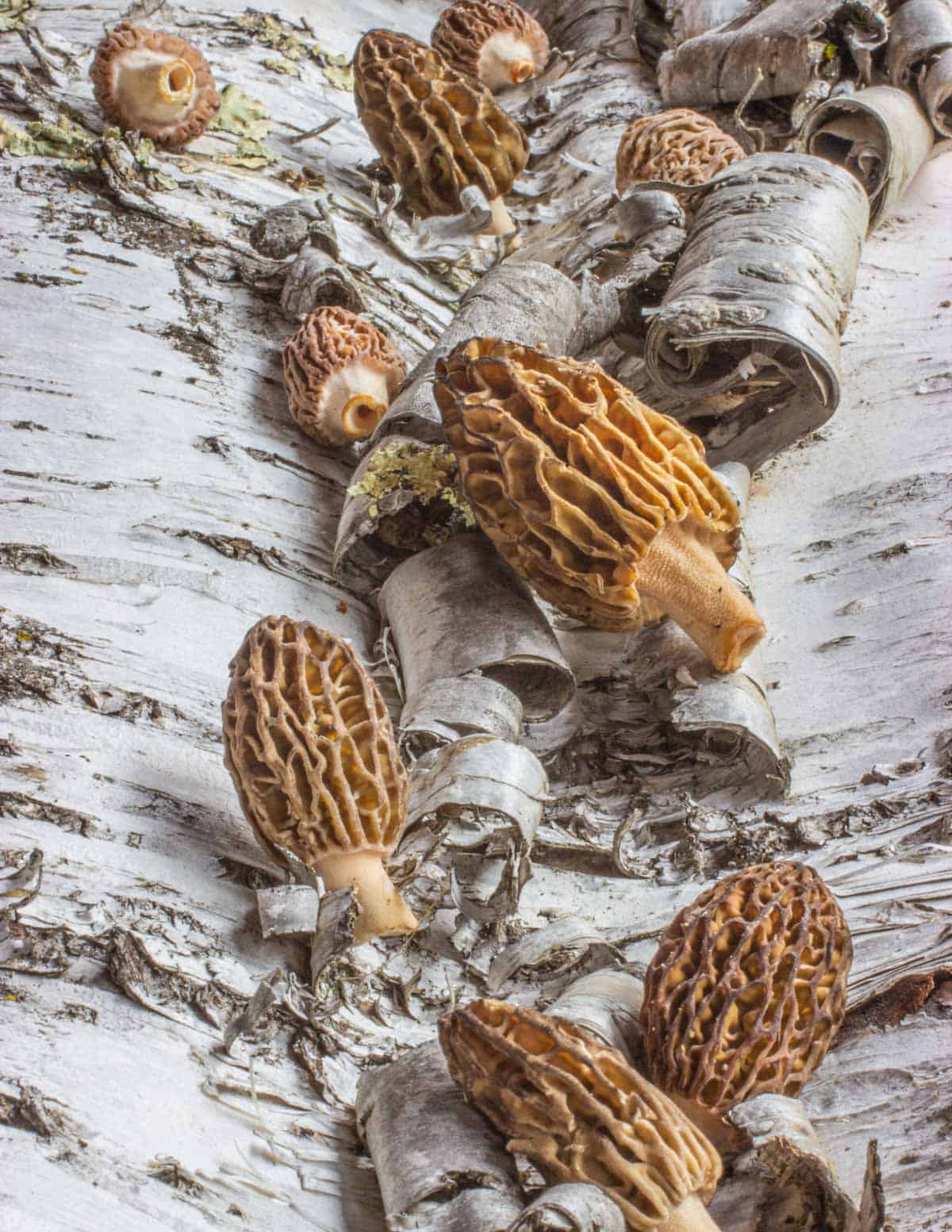
Black Morel vs Yellow Morel
Black morels have a cap that comes to a point, with black, vertical ridges. Some people call them dark morels. Both mushrooms are hollow, delicious, and interchangeable in cooking. The fruiting bodies of blacks I pick are usually smaller than common yellow morels (Morchella americana).
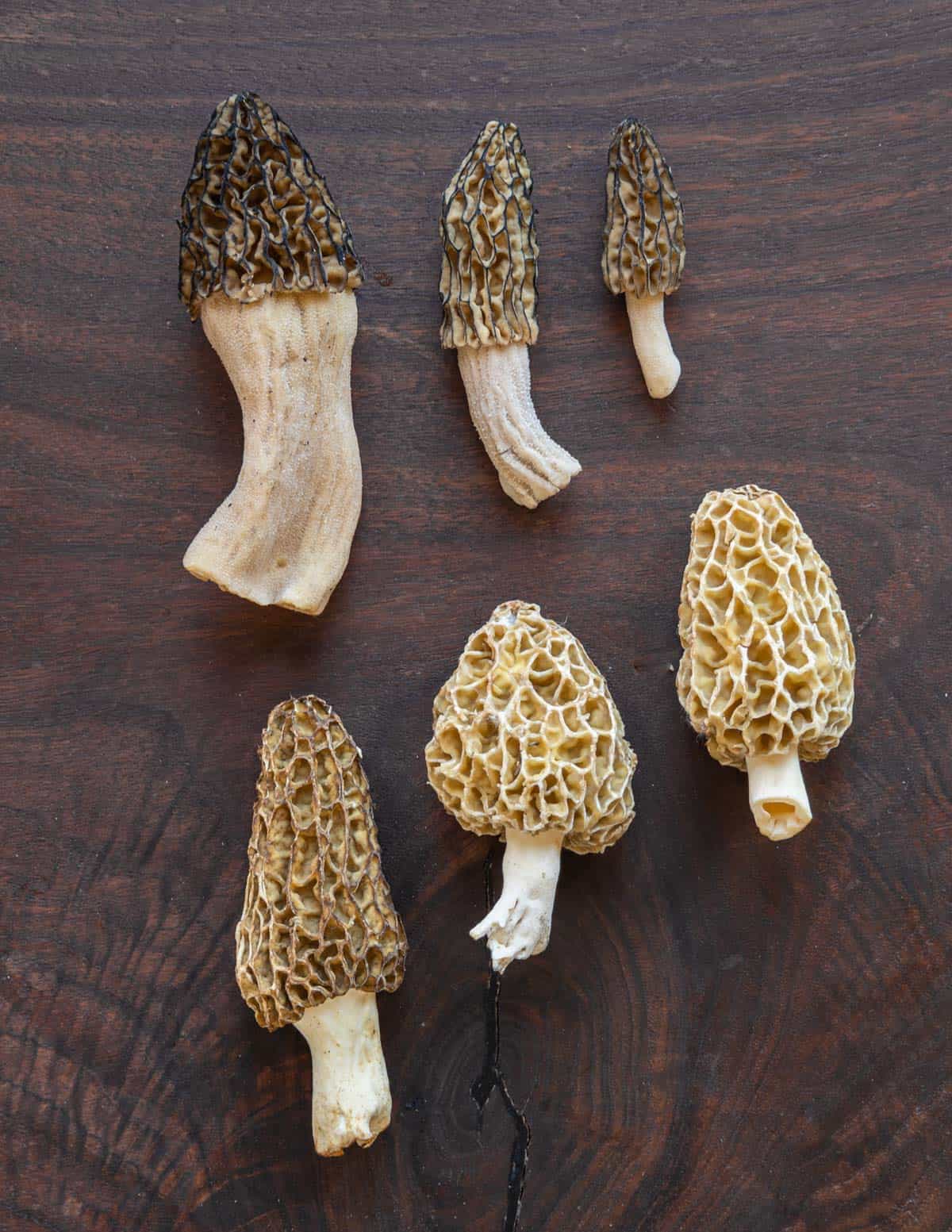
Black Morel Habitat
Most of us will know common morels grow with dead elms, ash, sycamores, cottonwoods and many other trees. In Northern Minnesota and Wisconsin, natural black morels like to grow in stands of hardwood forests with young aspen, tulip poplar, and black cherry. They also grow in disturbed areas with the aforementioned trees.
Tips
- Black morels dependably appear 1 week before common morels appear in the southern half of Minnesota.
- Look for dense, aspen stands with trees the width of a soda can, shoulder width apart.
- The aspen stands should be thick, and almost difficult to walk through.
- The disturbance in the aspen colonies is that the trees begin to thin themselves-you want to see dead trees occasionally as you hunt.
- Areas logged, burned flooded, or clear-cut in the last 1-2 years are other good places to look.
- If you see gyromitra, verpa bohemica or half-free morels you're on the right track.
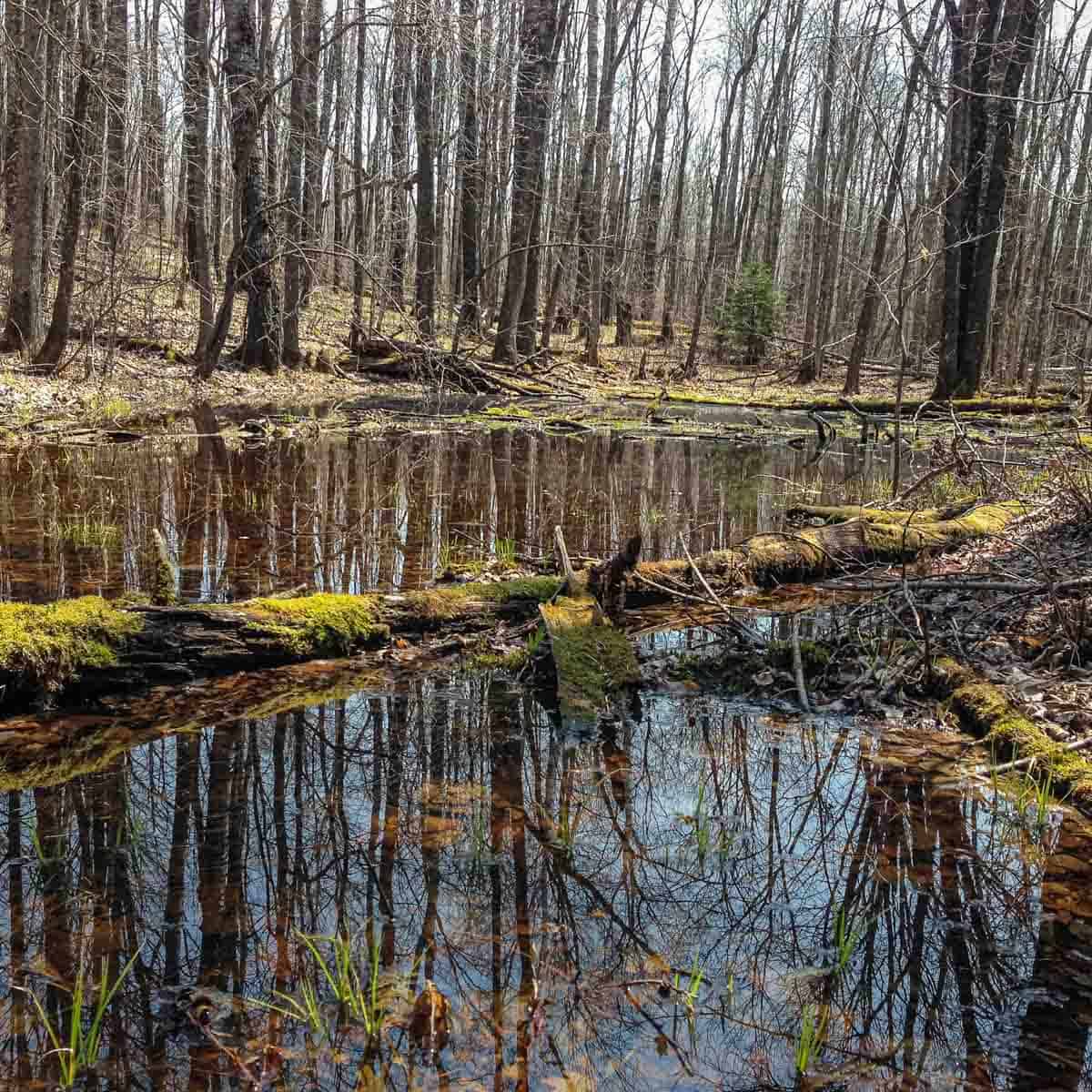
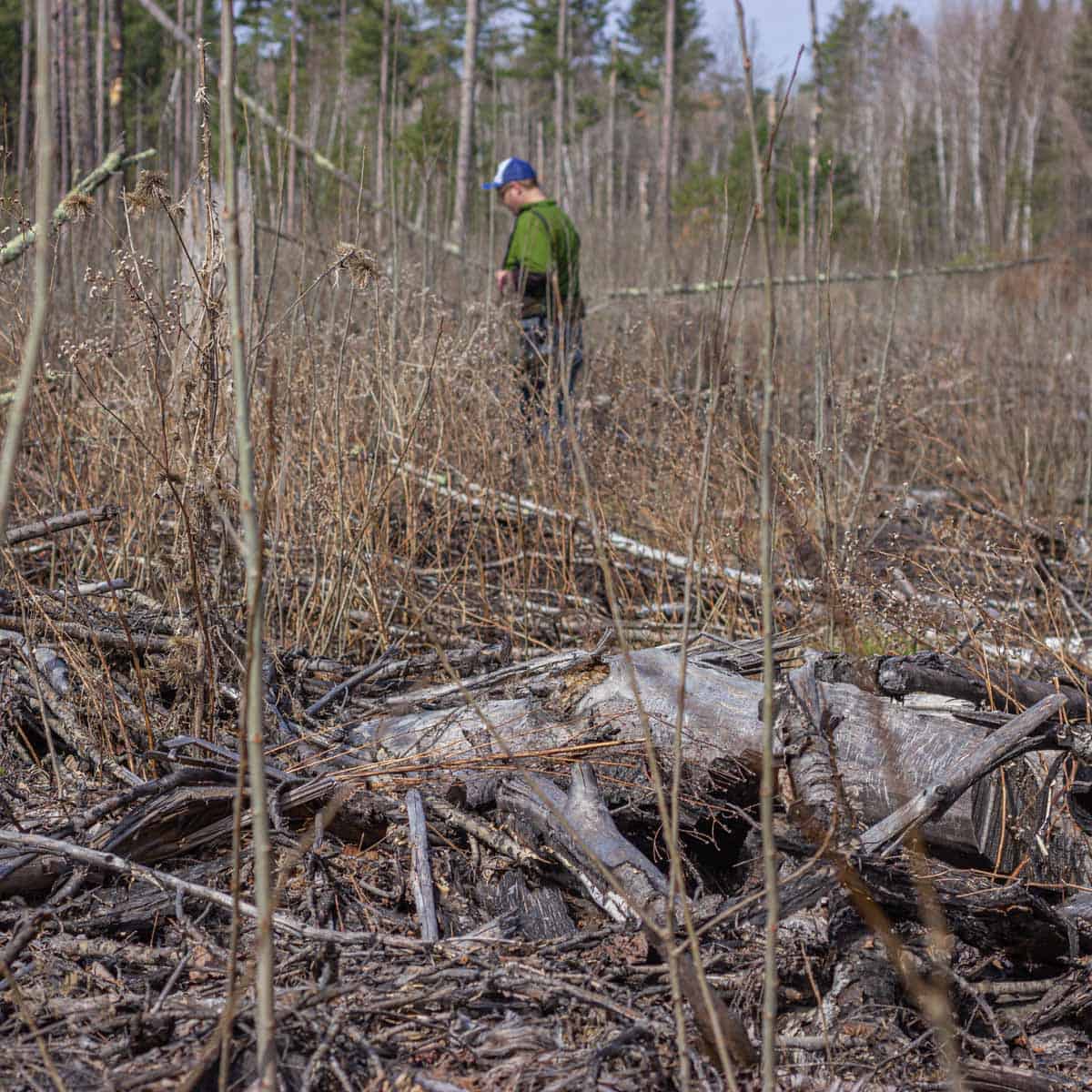
My first time hunting black morels near Bemidji Minnesota, the other mushroom hunters and I found the heaviest fruiting in big toothed aspen stands that had been clear cut a year or two prior. Black morels grow for a few years after their habitat's been disturbed and will slowly reduce in number as the land heals.
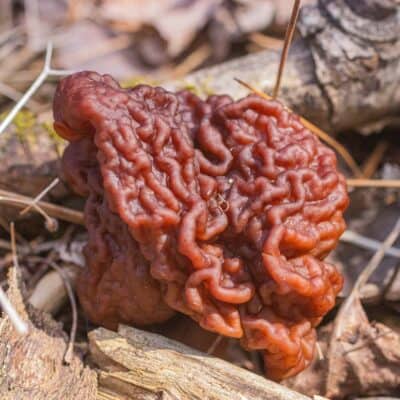
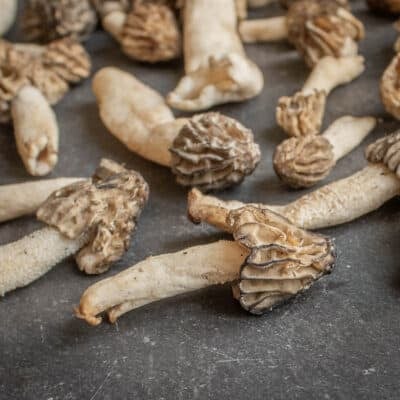
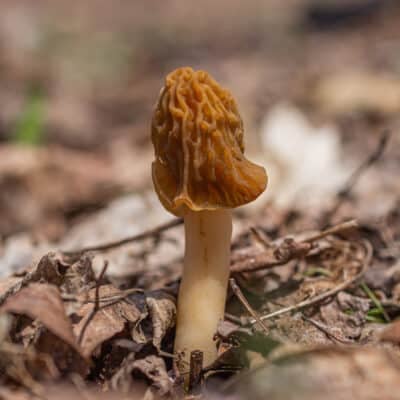
When I've hunted blacks up near Duluth with my friend, mushroom author and black morel expert Michael Karns we usually look in stands of quaking aspen. The woods should be tight, and almost difficult to walk in. This type of woods where morels grow that doesn't need disturbance like logging or fire.
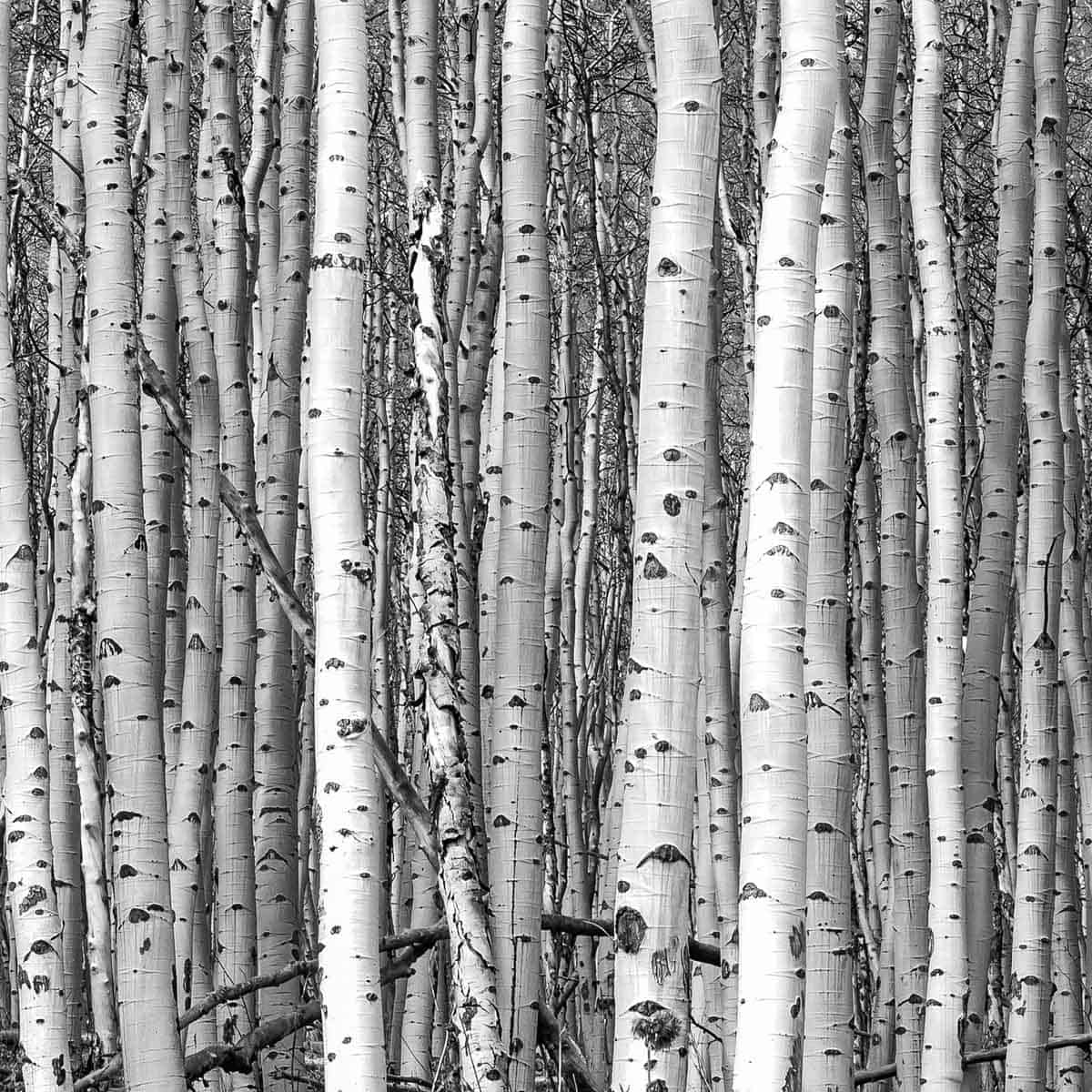
Hunting Morels with Onx
The biggest improvement in my morel foraging has come from using Onx, a hunting app that allows you to filter terrain types. Applying a filter can let you see forests damaged by fire or logging, labeled by the year the disturbance took place. All you have to do set a waypoint, and you can filter it by forests dominated by aspen!
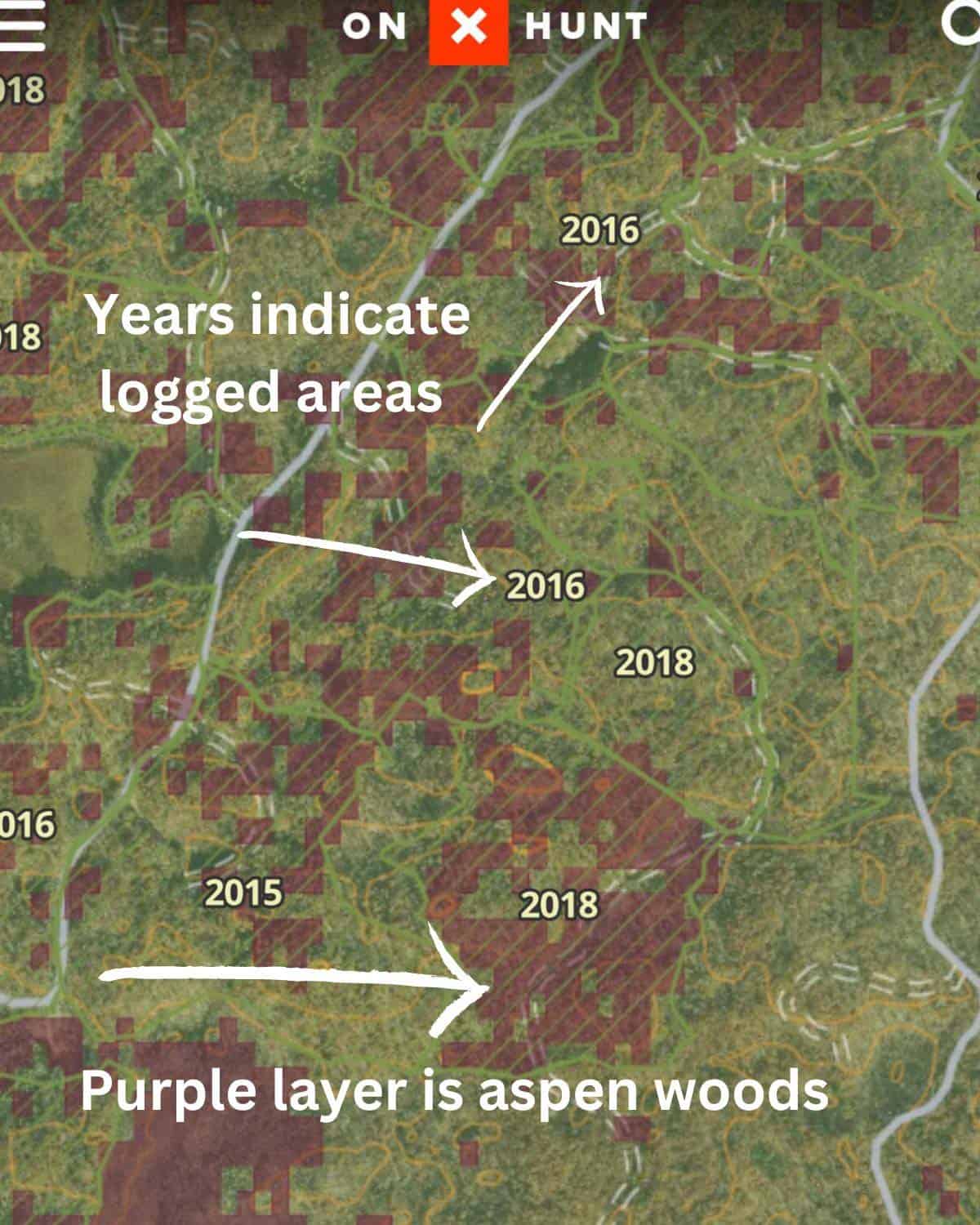
Burn Morels
If you purchase dried morels you're likely buying black morels that grow in burned woods with trees like spruce, black pine and pitch pine on the West Coast. Black morels are foraged in mass quantity each year in the United States, then dried and shipped all over the world.
These mushrooms form the bulk of the commercial morel market the price of black morels is usually $200 lb dried or $30-40 / lb fresh.
Once known with the blanket name of Morchella elata, commercially sold varieties could be one of, or a combination of different species. Modern Forager has a nice list of burn morel types-there's at least 8 in North America.
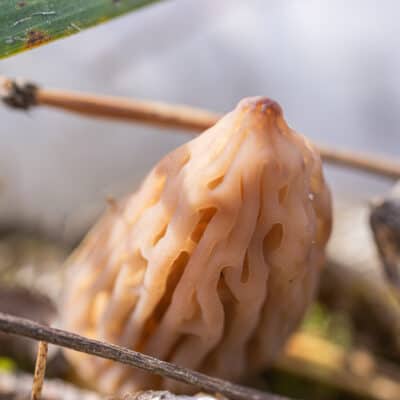
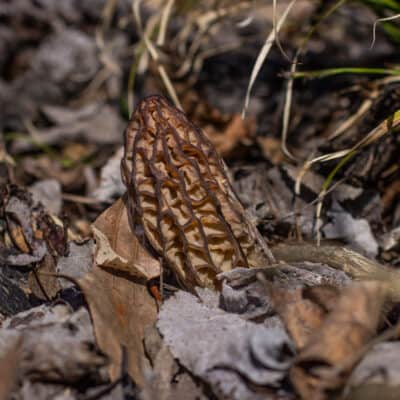
Allergic Reaction to Black Morels
Obviously, black morels are edible, but at the first Minnesota morel event I cooked at years ago there was a scary scenario. Multiple guests, all of who'd eaten species of yellow and grey morels for years without issue got sick after eating small quantities of thoroughly cooked mushrooms while drinking alcohol.
The guests showed the common symptoms of mushroom poisoning: nausea, emesis, and diarrhea, followed by a feeling of relief once the mushrooms have been removed from their system. Surprisingly, most felt well enough to continue drinking after. Some only experienced vomiting and were back to normal afterward.
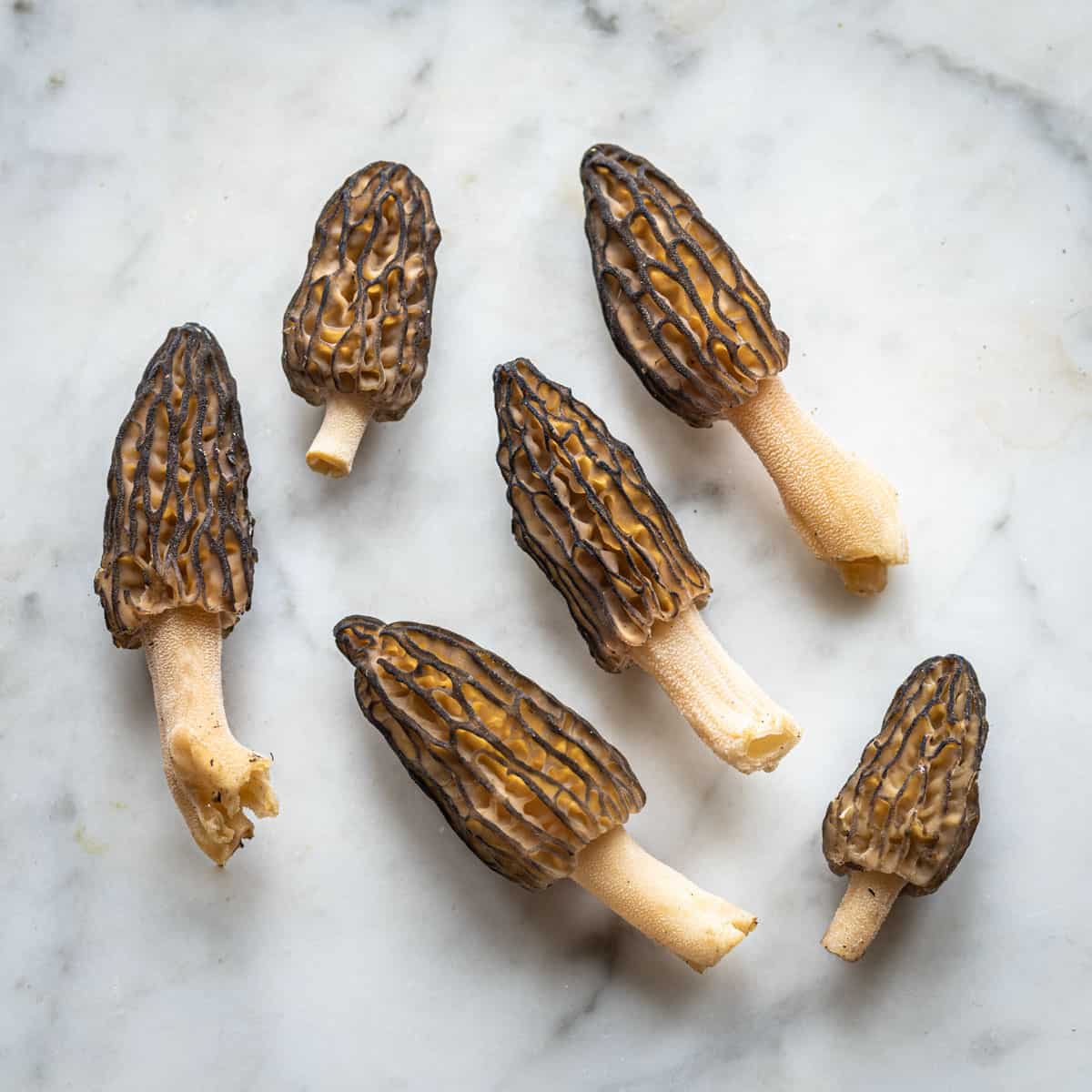
Besides being terrifying for a chef, I was confused as thousands of pounds of black morels are sold every year. The issue has to do with different species of morels, as there's many in North America.
The allergy should be due to the specific morel variety (Morchella septentrionalis). That particular species only grows above the 45th parallel. Some people are also allergic to morels, no matter the species, having consumed alcohol or not.
Cooking
All morel types are toxic raw and need thorough cooking. You could cut them in half if they are large, but if they are very small I like to leave them whole, which allows them to catch and hold a bit of sauce.
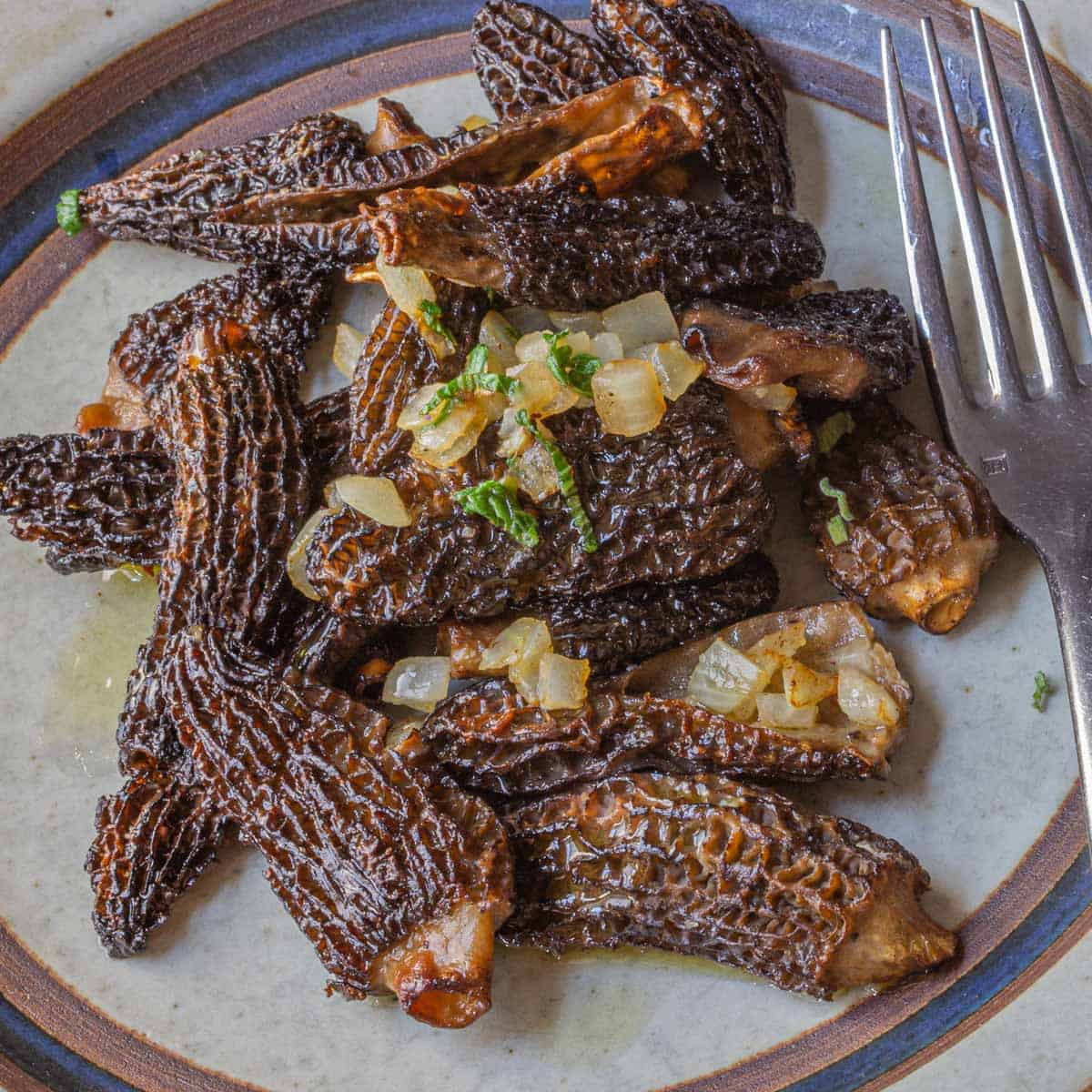
To clean, I like to give them a quick swish, one at a time in cold water to remove any debris, then allow them to drain on a towel. After drying on a towel for 30 minutes or so they'll have shed water they absorbed and will be ready to cook.
Black Morel Recipes
- Classic Breaded or Fried Morels
- Creamy Dried Morel Soup (Bisque)
- Crab Stuffed Morel Mushrooms
- Baked Morels with Garlic Butter (Escargot)
- Morel Mushrooms

MJ Quen
I recommend you take part in the fire morel hunt. As a morel picker, there is nothing that quite comes close except for maybe a lottery win! Boom or bust, it is an experience of a lifetime.
Alan Bergo
Yeah I really need to go.
Jeanne
Can you find black Morel's in the smoky mountains?
Alan Bergo
Hi Jeanne, sorry I can't speak to that, but I wish I could. I would contact your local mycological society, or look for a facebook group.
Darren weimert
What time of year do porcini's fruit there?